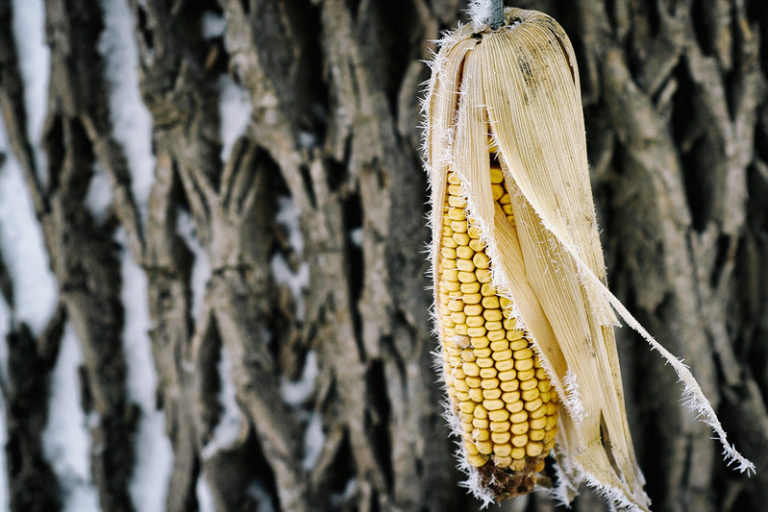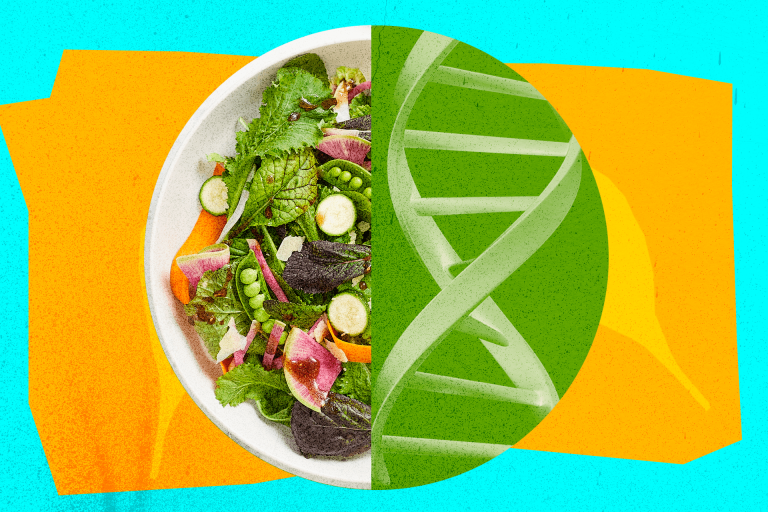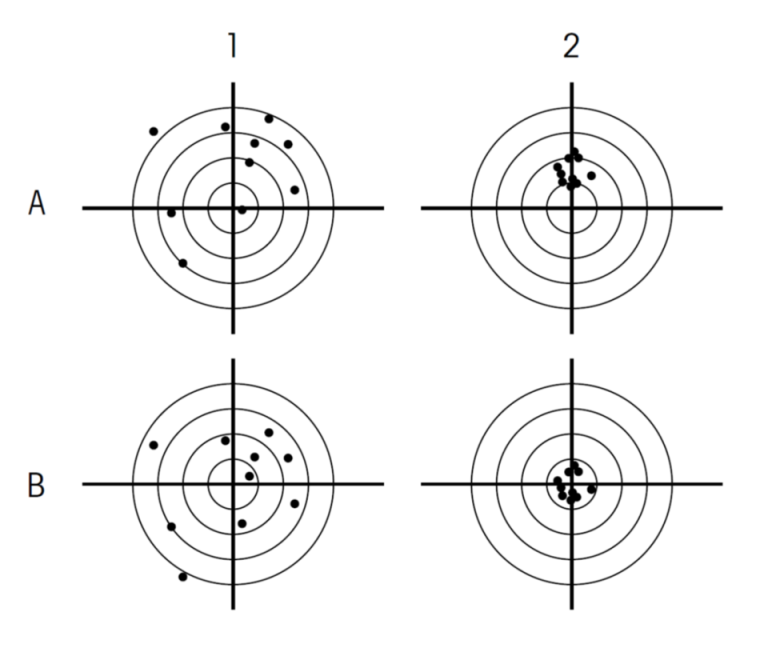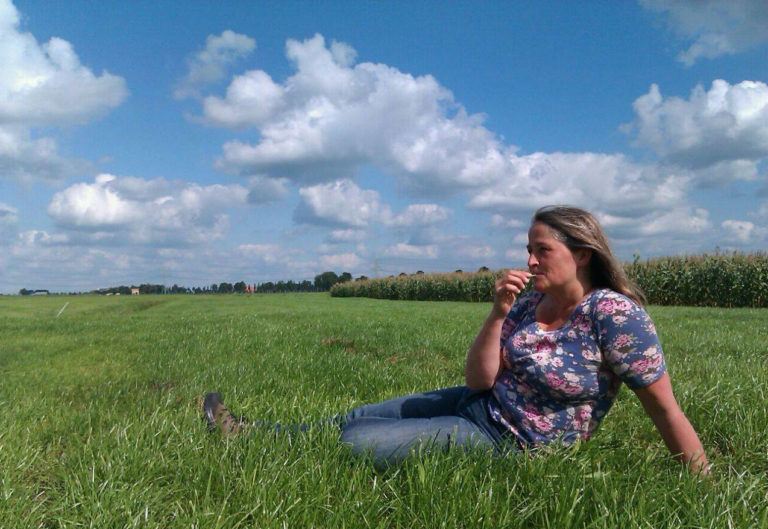News
EPO throws cold water on opposition to KWS patent
On 15 October 2024, the European Patent Office (EPO) upheld KWS’s patent for cold-resistant maize. This decision is likely to raise serious concerns among European seed breeders, who may now feel threatened in their breeding work. The patent covers maize plants containing a naturally occurring genetic sequence, which restricts the freedom of breeders to develop new varieties. The “oral proceedings“, which took place before the EPO Opposition Division and which Inf’OGM attended by video-conference, gave rise to some unusual and revealing exchanges. This case shows once again that patents can indeed be tools for appropriating seeds developed by farmers and/or breeders.

The No Patents On Seeds (NPOS) coalition has opposed a patent granted to KWS on cold-resistant maize, arguing that the patent should be revoked. On 15 October 2024, this opposition was discussed before the Opposition Division of the European Patent Office (EPO), a decision awaited by European farmers and plant breeders. Ahead of this oral proceedings, a demonstration was organised by NPOS in front of the EPO building, with the participation of a seed producer Grietje Raaphorst-Travaille, who feels threatened by this KWS patent.i. This Dutch seed producer, co-founder of Nordic Maize Breeding (NMB), contributed to the oral proceedings, pointing out in particular that it had developed a cold-resistant maize in 2008, well before the patent application was filed. But today, like other small breeders, she fears that she will be forced to abandon her work or submit to the conditions imposed by KWS and other large companies.
A patent based on a natural genetic element
KWS patent EP3380618, filed on 26 November 2016 and granted on 27 July 2022, covers maize containing a section of DNA correlated with cold tolerance. This section, called QTL (Quantitative Trait Locus), was not created by KWS, but identified using molecular markersii used to identify cold tolerance traits. Through this patent, KWS claims industrial property rights over maize plants containing this QTL, as well as the process for identifying and selecting this section of DNA through genetic analysis. This patent gives KWS exclusive control not only over its own maize varieties, but over all varieties containing this QTL in their genome, except those whose existence prior to the filing date of the patent application can be documented. Since 26 November 2016, this patent has prevented breeders from using this QTL for new varieties without obtaining a licence. This patent therefore restricts access to natural genetic resources and limits the genetic diversity available for agriculture.
This KWS-patented ‘invention‘ is based on a technique that involves establishing a statistical correlation between molecular markers and a phenotypic trait, in this case cold resistance. In other words, it involves identifying a characteristic that is naturally present in the genetic make-up of plants, without any direct genetic manipulation. This statistical process is sufficient for KWS to claim and obtain exclusive exploitation rights, given that it filed its patent application in 2016, i.e. before products derived from traditional breeding processes (known as “essentially biological“) could no longer be patented. This situation is worrying small breeders like Grietje Raaphorst-Travaille, who see this patent as appropriating a genetic characteristic that has long been present in her maize.
The EPO validates the technical nature of the “invention“…
During the opposition proceedings, the No Patent on Seeds coalition raised several grounds for invalidating the KWS patent. In particular, it objected that the maize plant claimed was a conventional variety obtained using an essentially biological process. According to NPOS, cold tolerance is the result of cross-breeding methods, which are not patentable, and the molecular analyses which are the subject of the process claims cannot in themselves justify patentability. According to NPOS, only ‘genetic engineering‘ inventions [editor’s note: a term for which there is no legal definition] involving the direct modification of genes are patentable. However, this point is debatable, as there are many patentable inventions, known as ‘genetic engineering‘ or biotechnological inventions, which do not involve the direct modification of genes. NPOS also points out that the ban on patenting plant varieties is supported by EPO case law, which strictly distinguishes conventional breeding from “genetic engineering“.
The EPO Opposition Division confirmed what it had already stated in a preliminary opinion preceding the oral procedure: “the plants claimed do not meet the definition of a plant variety (rule 26(4) of the European Patent Convention (EPC)) because they are defined by only one characteristic (cold tolerance). The other characteristics are not defined and must not be genetically stable. The plants defined in the claims do not therefore constitute a unit that can be multiplied without being modified (rule 26(4)(c) EPC). This would, however, be an essential characteristic of a plant variety.”
Furthermore, the EPO Opposition Division can reject NPOS’s argument that the claimed maize is a variety obtained under an essentially biological process for strictly legal and procedural reasons: “The Division notes […] that it is bound by the interpretation of the Enlarged Board of Appeal published in decision G 3/19iii. Rule 28(2) EPC does not apply to the present patent, which is based on a patent application filed on 26 November 2016″. In other words, Rule 28(2) EPC relied on by NPOS, which prohibits the patentability of plants obtained exclusively by biological processes, does not apply to patent applications filed before July 1st 2017, such as that of KWS.
This legal fact raises serious questions and alarms small breeders. By validating this patent on the basis of the non-retroactivity of a decision by its Administrative Council, the EPO is legitimising a patent that would no longer be valid if applied for today. This situation highlights a major distortion in the patentability system in Europe, where injustices arising from the vagueness of earlier rules cannot be corrected until 20 years after they have been amended. A patent with a term of 20 years can no longer be revoked on the basis of a new rule, and the role of the Opposition Division is not to judge the relevance of the rules but to ensure that they are applied.
…which it considers to be new and inventive
The No Patent on Seeds coalition also raised other grounds in an attempt to invalidate the KWS patent. In particular, it argued that the “invention” lacked novelty and inventive step, two conditions for the validity of a patent. According to NPOS, the genetic characteristics in question had already been discovered in maize plants widely used for breeding prior to the patent application. In particular, Nordic Maize Breeding had obtained its first cold-resistant maize variety for organic farming in 2008, 8 years before KWS filed its patent application.
According to EPO guidelines, a genetic sequence – in this case the QTL – existing in its natural state prior to the patent application is not excluded from novelty. If it is isolated, identified and technically characterised, with an associated function, it can then be considered new within the meaning of patent law.iv. For example, patents can be granted for traits such as tolerance to cold (or drought, or increased productivity) even if these traits are known in older lines. This may come as a surprise given that patents are only granted for new objects. The Opposition Division therefore concluded that the QTL on which the granted patent is based was not “part of the state of the art” at the time the patent application was filed and confers novelty on the maize plant containing it. The EPO also confirmed the criterion of inventive step, considering that the claimed processes did not follow “in an obvious manner from the state of the art” (Article 56 EPC). Indeed, the Opposition Division “again sees no convincing argument to explain why a person skilled in the art would have produced the claimed plants or developed a process to identify them” using his or her general knowledge and in view of the state of the art.
Nordic Maize Breeding has confirmed that it registered its cold-resistant maize in the Dutch and European catalogues of varieties before the KWS patent application was filed. The breeder points out that “cold resistance is, however, a general characteristic that is not clearly defined. Early vigour and the speed with which the [maize] crop covers the ground are related characteristics. These characteristics, as well as the way in which they are named, are decided within Plantum [editor’s note: the Dutch association of the seed industry and breeders]“. The EPO does not appear to consider these registrations as prior art against this patent.
KWS steps up the pressure
At the hearing, the KWS representative proposed a “licensing offer” to Grietje Raaphorst-Travaille, suggesting that she could exploit the patented invention in return for royalties. This proposal, made publicly, was perceived as an attempt to put pressure on small seed companies to accept licensing conditions or abandon their varieties. As it is not the EPO’s task to deal with infringement issues, KWS’s comments were outside the scope of the hearing. Furthermore, by proposing a licence, KWS is implying that Nordic Maize Breeding’s maize infringes its patent, which can only be judged by a national court.
This licence offer can be interpreted as a commercial manoeuvre aimed at intimidating small breeders under the pretext of KWS’s dominant position in plant breeding. In effect, KWS is trying to shift the debate towards economic negotiations, whereas the initial issue is purely legal.
No Patent on Seeds has already announced its intention to appeal this decision, whose impact goes beyond the KWS case and concerns many players such as Nordic Maize Breeding. In order to hope to overturn this decision, NPOS will have to develop a more solid and substantiated argument, highlighting the legal and political inconsistencies in the legislation. The EPO – and not the Opposition Boards of Appeal, which simply apply the law – continues to maintain patents, for another fifteen years or so, which would probably be considered invalid if they were examined today.
i Denis Meshaka, “A Dutch seed company faces up to KWS patents”, Inf’OGM, 4 April 2024.
ii Molecular markers are specific fragments of DNA that can be identified, located in very specific places in the genome. They can be used to locate a particular gene or to check whether an individual has inherited a particular characteristic from a parent organism. Individuals in which the molecular marker is present can be selected, since this marker indicates the presence of the characteristic being sought.
iii Decision G3/19 states that products obtained from essentially biological processes are not patentable. It confirms the applicability of Rule 28(2) while limiting its effect in time in order to preserve the legal certainty of patents and applications prior to July 1st 2017.
iv European Patent Office, “EPO Guidelines GII.5.2 – Patentable biotechnological inventions”.
An element of the human body “may constitute a patentable invention, even if the structure of that element is identical to that of a natural element” (Article 5 of Directive 1998/44).














